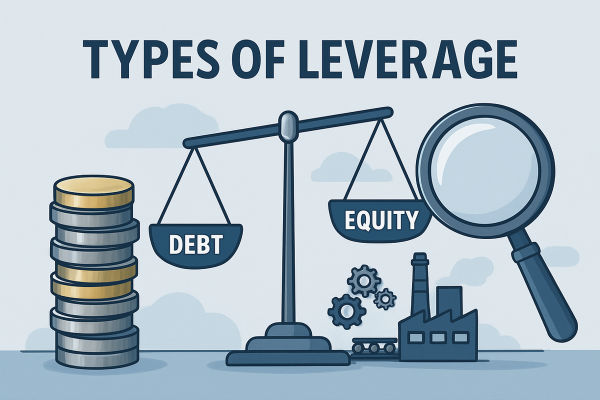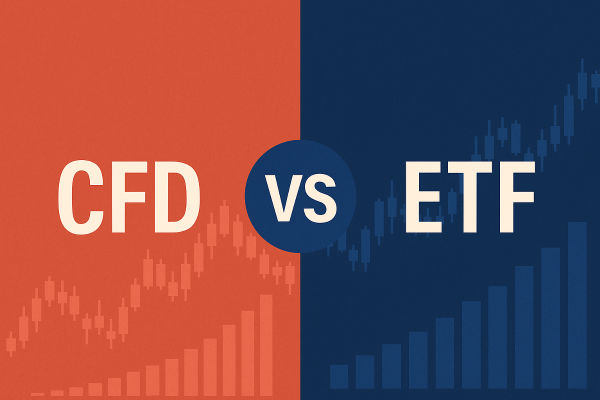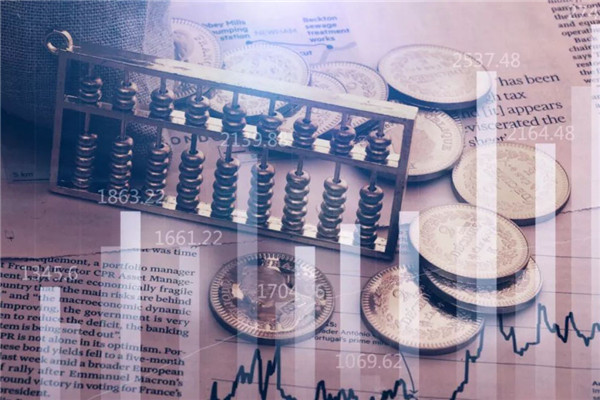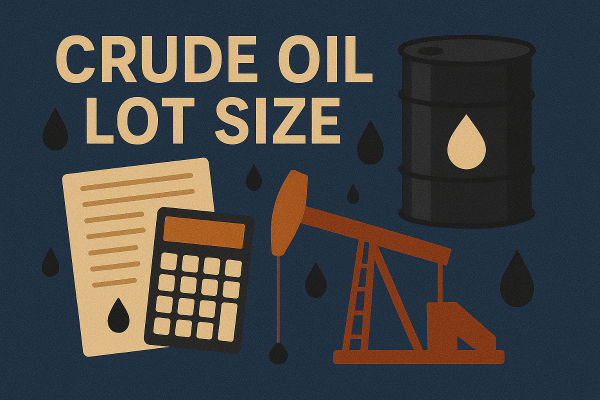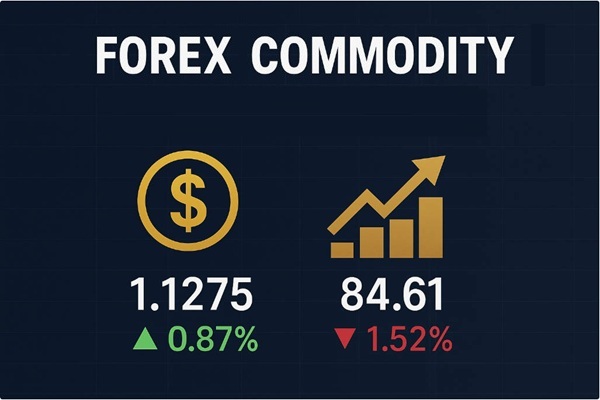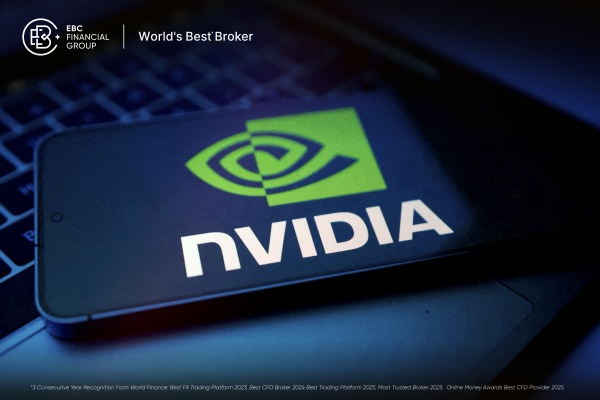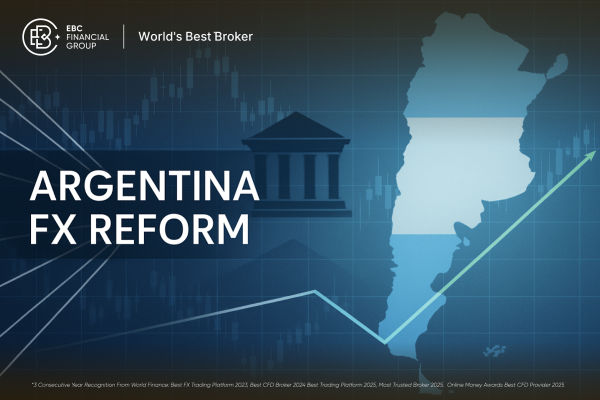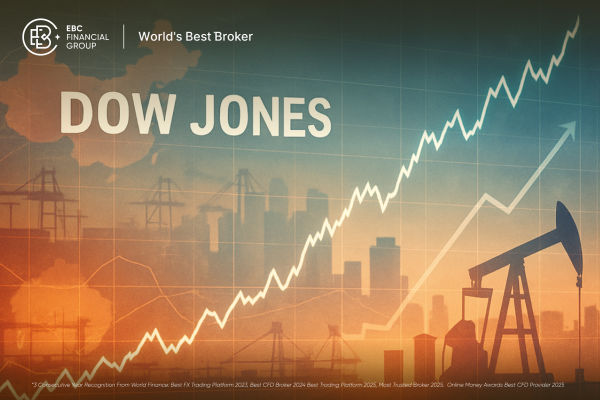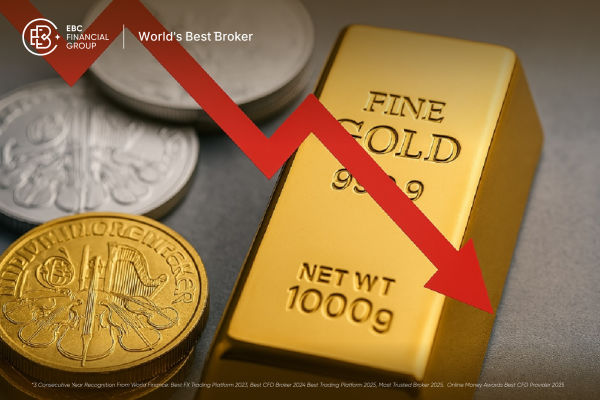Forex differential contracts and forex futures are both trading tools for derivatives. The types of forex trading with differential prices include Precious metals, differential contracts, futures, currencies, and other related products. Let's take a look at the similarities and differences between price difference contracts and futures.
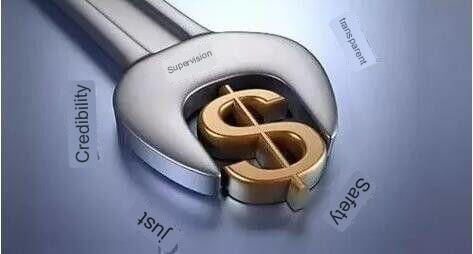
The Similarities between Price Difference Contracts and Futures:
1. Trading with Margin:
Contracts for price differences and futures are traded using margin trading. Margin trading means cost reduction, leverage can be used, and the utilization rate of funds has increased. At the same time, the returns and risks of market fluctuations have also increased accordingly. However, the leverage ratio of CFD contracts is relatively free, and it is not as high as the margin ratio required by futures companies.
2. Both can conduct Two-Way Transactions:
Both price difference contracts and futures can be traded in both directions, and both are in the T+0 mode. And their buying and selling methods are similar.
Differences between Price Difference Contracts and Futures:
1. Delivery or Not:
Contracts for price differences have no delivery date and can be held continuously. Futures have delivery dates and are delivered in cash at maturity. But the delivery date of futures is different for each variety.
2. Main Charging Methods:
The cost of CFD is mainly based on point spread, while futures contracts are mainly based on handling fees.
3. International Legality:
CFD contracts have been prohibited or restricted in some countries. However, futures contracts have their own exchanges in many countries, which are fully compliant. Depending on policy differences, some can also be traded in overseas markets.
4. Leverage Ratio:
Both foreign exchange differential contracts and foreign exchange futures offer leveraged trading, but the leverage ratio varies. The leverage ratio of foreign exchange differential contracts is relatively high, reaching over 100:1, while the leverage ratio of foreign exchange futures is relatively low, generally ranging from 20:1 to 50:1.
Domestic Futures and International Futures:
Domestic Futures: Refers to the trading varieties of domestic futures exchanges. China's futures exchanges are all Shanghai Futures Exchange, Zhengzhou Commodity Exchange and Dalian Commodity Exchange, and China Financial Futures Exchange is a joint venture. The variety of domestic futures is relatively small, and the coverage is not large. It is relatively convenient for trading, with discontinuous time and a limit for price fluctuations. The risk is relatively easy to control, and the access to funds is convenient.
International Futures: refers to the trading varieties of futures trading established by the Exchange outside Chinese Mainland. Futures contracts are commonly traded on exchanges such as the United States, the United Kingdom, and Singapore. Some types of futures contracts can have an impact on domestic futures prices, so domestic investors can refer to international futures markets for futures trading.
International futures have a wide range of varieties and coverage, most of which are traded 24 hours a day, with long trading hours and are not easily manipulated. Many international futures varieties do not have a limit on price fluctuations, so the risk is higher, and it is relatively difficult to exchange in US dollars.
【 EBC Platform Risk Reminder and Disclaimer 】: There are risks in the market, and investment needs to be cautious. This article does not constitute investment advice.











